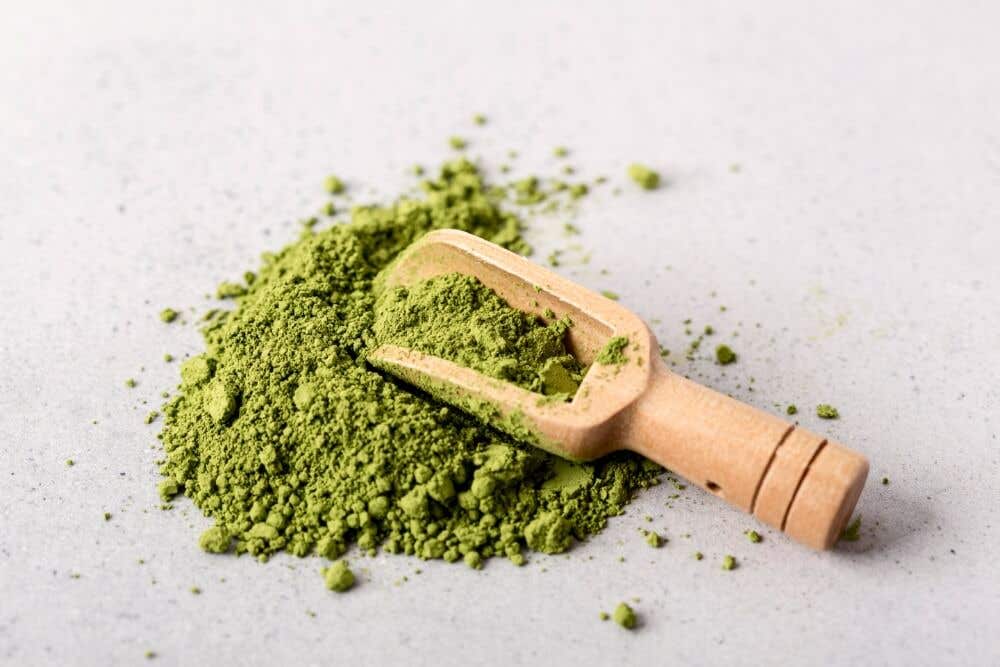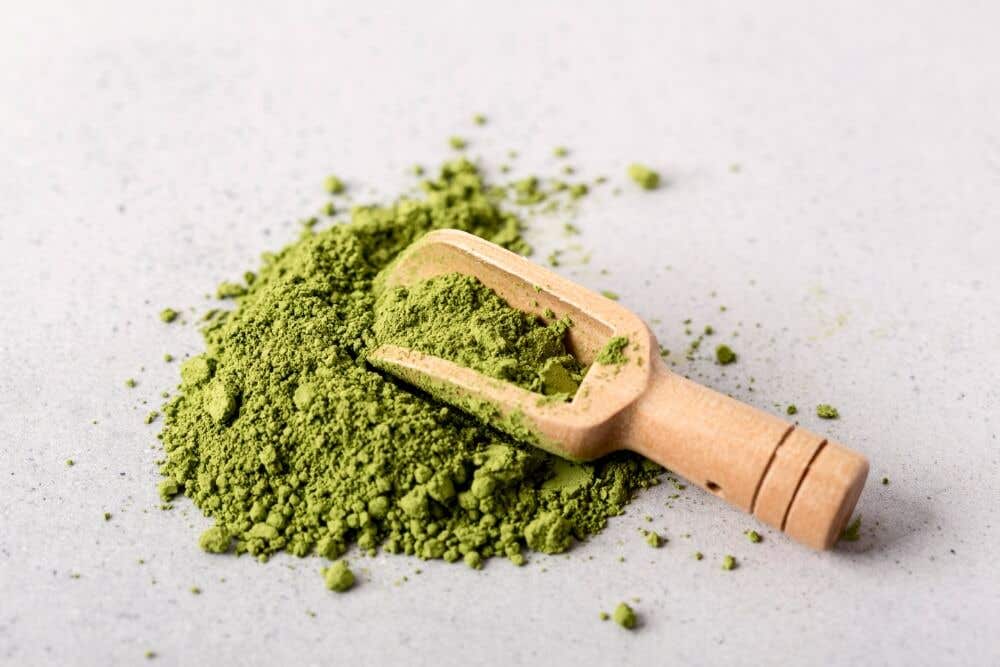Kratom is an alternative medicinal drug for treating chronic aches. With its active compounds, it provides natural pain relief.
We will compare and contrast its use with conventional pain remedies while discussing possible risks and precautions of its usage.
Scientific studies on Kratom as a pain reliever will be explored, along with testimonials from those who found it effective against their discomfort issues.
Background on Kratom
Kratom, a Southeast Asian tropical tree, is emerging as a promising alternative for pain remedies, specifically amongst those looking for alternatives beyond conventional prescription drugs.
Its energetic compounds, mitragynine and 7-hydroxymitragynine, provide analgesic outcomes by interacting with the mind's opioid receptors, offering pain alleviation with a lower chance of addiction.
Popular strains along with Maeng Da and Bali/Red Vein are specially sought after for their robust and soothing residences, respectively.
The adoption of Kratom for persistent pain and its inclusion in ache remedy workouts in the Western world displays a developing interest in alternative remedies.
As people explore Kratom dosage for aches, the importance of knowledgeable use and attention to private fitness conditions becomes clear.
Understanding Pain Management: Traditional Methods and Emerging Challenges
Pain management is critical in healthcare, it specializes in reducing discomfort and improving life satisfaction for those with acute or persistent aches.
Traditional treatments involve pharmaceuticals, physical therapy, and surgical procedures, but these methods face widespread demanding situations.
Challenges with Conventional Painkillers
Traditional ache remedy strategies, even as powerful, aren't without their drawbacks. Dependence, dependency, and facet effects are primary worries related to opioid painkillers.
Furthermore, those medicinal drugs may not be appropriate for long-term use, specifically for individuals with continual pain conditions.
This dilemma has led sufferers and healthcare providers to discover alternative ache comfort techniques.
Exploring Alternative Pain Relief Methods
In response to these challenges, there is a growing shift toward exploring opportunity medicine for chronic pain.
These strategies purpose to provide remedy without the drawbacks associated with conventional painkillers.
From acupuncture and rub-down therapy to using herbal dietary supplements, the pursuit of opportunity pain comfort answers is gaining momentum amongst both patients and healthcare professionals.
As we confront the limitations and demanding situations of traditional painkillers, the exploration of opportunity methods will become essential.
This shift now not handiest opens the door to new possibilities for ache remedy but also emphasizes the significance of a holistic method to healthcare, one which prioritizes patient protection and long-term well-being.
Kratom's Role in Pain Management
Kratom, a tropical tree native to Southeast Asia, has garnered interest as a promising alternative within the realm of ache management.
With its lively compounds, mitragynine, and 7-hydroxymitragynine, Kratom gives tremendous analgesic houses.
Researchers at Johns Hopkins University School of Medicine have determined that Kratom is an effective pain treatment, supporting users to reduce their use of opioids with a low risk of damaging outcomes, underscoring its potential for people in search of a remedy for continual aches.
Kratom's Analgesic Properties
Kratom's capability to alleviate aches stems from its alkaloids, which bind to opioid receptors in the mind without inducing the excessive degree of addiction usually related to conventional opioids.
This particular interplay indicates Kratom might be a more secure alternative for coping with persistent aches, specifically for people concerned approximately the facet results of traditional medicinal drugs.
Comparison with Traditional Pain Management Approaches
Contrary to standard painkillers that frequently come with a danger of dependence and different intense aspect results, Kratom provides a much less competitive technique.
Anecdotal evidence, supported using the findings from Johns Hopkins, highlights its efficacy in ache manipulation, with many reporting a widespread discount in pain and an improvement in their nice lifestyles.
About 91% of members within the survey mentioned the use of Kratom to alleviate pain, with 67% for tension and 65% for melancholy, showcasing its extensive-ranging advantages passed ache relief.
User Experiences and Anecdotal Evidence
The private reviews of Kratom customers provide compelling proof of its pain comfortability. Individuals have shared tales of finding the proper Kratom dosage for pain, highlighting the herb's ability to provide customized ache control answers.
Conditions which include fibromyalgia, arthritis, and various autoimmune issues were referred to as areas wherein Kratom has furnished huge remedies.
Kratom Dosage for Pain
Finding the proper kratom dosage for aches is fundamental to maximizing its blessings at the same time as minimizing capacity dangers.
It's important, initially a low dose and steadily increases it to find the top-rated amount that gives pain relief without adverse outcomes.
As the hunt for alternative chronic pain remedies continues, Kratom's function in ache remedy is increasingly identified as a viable choice.
Its analgesic residences, coupled with a relatively lower hazard profile, role Kratom as a precious addition to discussions on alternative ache alleviation methods.
Safety and Legal Considerations of Kratom for Pain Management
Kratom, a herbal alternative for pain alleviation, is gaining traction inside the realm of alternative medicinal drugs for its analgesic residences.
While it offers a promising alternative for the ones in search of alleviation from continual aches, the know-how of its safety profile, capacity side consequences, and felony reputation is essential.
Safety and Side Effects
Kratom's efficacy in pain management has been stated, yet its protection profile warrants cautious attention.
The dosage plays a pivotal role; while low to slight doses may additionally provide ache comfort without massive side outcomes, higher doses can lead to unfavorable consequences inclusive of nausea, dizziness, and sedation.
Individuals should begin with the lowest powerful dose and closely screen their response to kratom.
Legal Status and Usage Guidelines
The felony fame of kratom varies globally, with it being legal, regulated, or banned in one-of-a-kind countries because of worries over its capability for abuse and dependency.
In areas where kratom is criminal, it is paramount for users to adhere to endorsed guidelines and obtain kratom from official sources to ensure certain purity and protection.
In the end, even as kratom presents an alternative road for ache management, its use needs to be approached with caution.
Adequate research, responsible utilization, and compliance with nearby laws are crucial steps in harnessing kratom's capability for pain alleviation responsibly.
Conclusion
Kratom offers a compelling alternative for the ones searching for natural treatments for ache control.
Its analgesic homes and potential to lessen dependency on traditional opioids spotlight its significance in the communication around opportunity medicinal drugs.
However, accountable use, adherence to recommended dosages, and consideration of its prison repute are paramount.
As interest in Kratom grows, so does the need for additional research and informed communication to make sure it's safe and effective use in pain relief.
Please note that this article on kratom is for informational purposes only and not a substitute for professional medical advice, diagnosis, or treatment.





